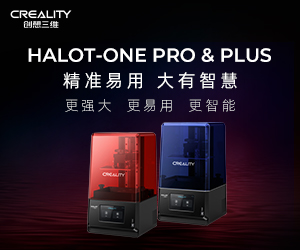增材制造Fe-Ni合金的磁滞特性:多尺度仿真
3D打印的导电元件和导磁元件都受到有限的多材料打印能力的影响。最突出的是,这会导致打印软磁通量引导中的涡流损耗增加,并在形成可靠的绕组匝间绝缘方面面临挑战。3D打印硬磁材料仍处于早期研究阶段。仍需要进一步优化工艺。
来自达姆施塔特工业大学材料科学研究中心的Yangyiwei Yang等,开发了一种粉末分辨的多物理多尺度仿真方案,用以研究在接近实验情况下,如何通过调控AM的残余应力来对Fe-Ni合金的磁滞回线进行调节。
Fig. 1 Emerging issues during additive manufacturing of Fe-Ni permalloy.
近几十年来,Fe-Ni合金由于其出色的磁导率、低矫顽力、高饱和磁化、机械强度和磁电特性,受到了广泛研究。近年来,增材制造(AM)技术已成为设计软磁性材料的一种途径。有研究表明,由AM引起的残余应力和潜在的相变可能是调节AM加工Fe-Ni合金矫顽力的关键因素。
然而,由于工艺条件和所产生性质之间的细微相互作用,理解AM中的残余应力及其与其他物理过程(如热传递、物质传递、晶粒粗化与合并以及相变)的相互作用仍然非常困难。例如,温度梯度机制通过考虑采用理想均匀层来生成残余应力,考虑加热方式和冷却方式,与合金通过AM的实验条件明显不同。
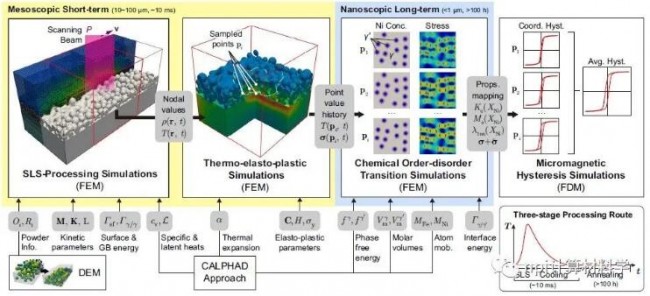 Fig. 2 Multiphysics-multiscale simulations scheme proposed in this work.
Fig. 2 Multiphysics-multiscale simulations scheme proposed in this work.
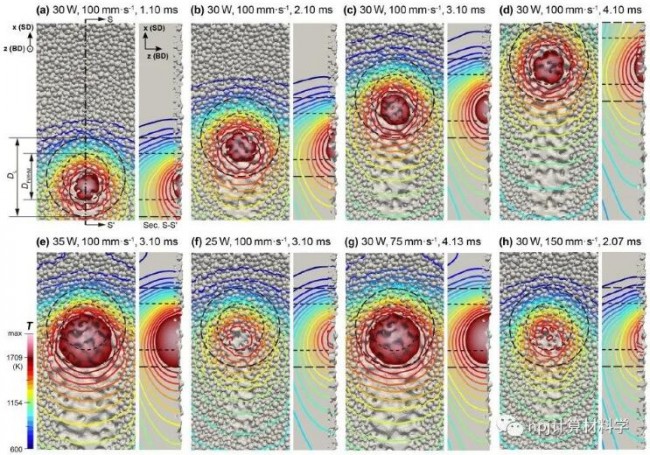 Fig. 3 Simulated thermal-microstructural evolution during SLS single scan.
Fig. 3 Simulated thermal-microstructural evolution during SLS single scan.
通过考虑时间-空间差异,作者仔细研究了潜在的物理过程,包括耦合的热结构演化、化学有序无序转变和相关的热弹塑性行为。他们从不同的方面分析和讨论了工艺参数(尤其是光束功率和扫描速度)的影响,包括熔合区的大小、残余应力和累积塑性应变的发展、残余应力下的γ=γ’转变以及由此产生的制造零件的矫顽磁力等。
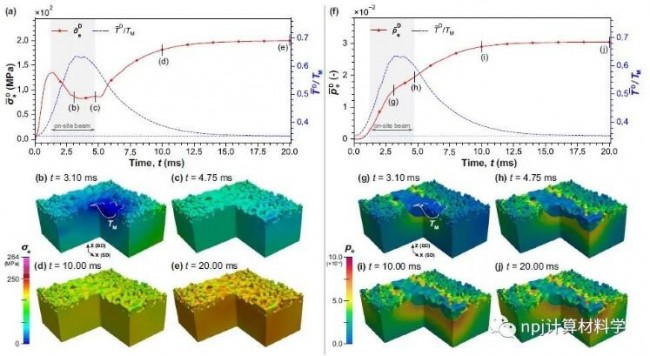 Fig. 4 Development of stress and plastic strain during SLS single scan.
Fig. 4 Development of stress and plastic strain during SLS single scan.
该工作为AM生产坡莫合金的的工艺参数和优化方案方面的选择上提供了指导,并对在非常规工艺中调控软磁材料的磁滞特性提供了全面的理解。相关论文近期发表于npj Computational Materials 9: 103 (2023).
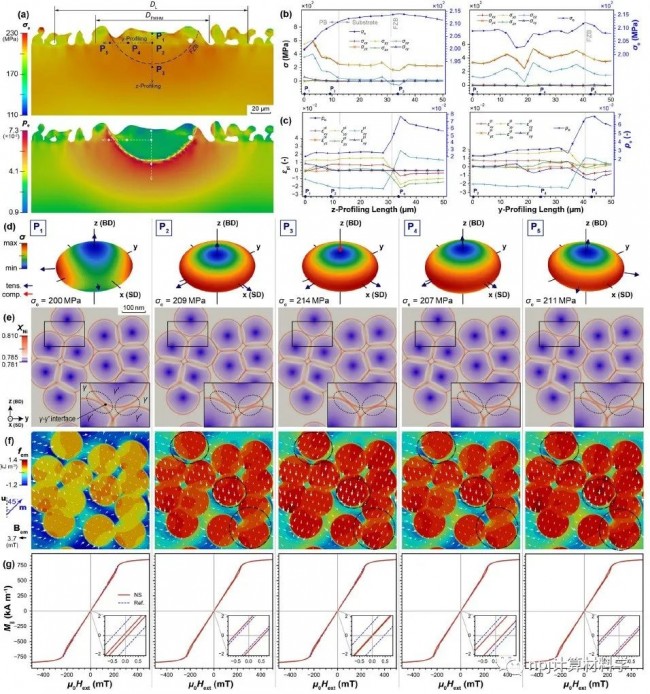 Fig. 5 γ=γ0 transitions and magneto-elastic responses of stressed nanostructures.
Fig. 5 γ=γ0 transitions and magneto-elastic responses of stressed nanostructures.
Abstract Designing the microstructure of Fe-Ni permalloy produced by additive manufacturing (AM) opens new avenues to tailor its magnetic properties. Yet, AM-produced parts suffer from spatially inhomogeneous thermal-mechanical and magnetic responses, which are less investigated in terms of process modeling and simulations. We present a powder-resolved multiphysics-multiscale simulation scheme for describing magnetic hysteresis in AM-produced material, explicitly considering the coupled thermal-structural evolution with associated thermo-elasto-plastic behaviors and chemical order-disorder transitions. The residual stress is identified as the key thread in connecting the physical processes and phenomena across scales. By employing this scheme, we investigate the dependence of the fusion zone size, the residual stress and plastic strain, and the magnetic hysteresis of AM-produced Fe21.5Ni78.5on beam power and scan speed. Simulation results also suggest a phenomenological relation between magnetic coercivity and average residual stress, which can guide the magnetic hysteresis design of soft magnetic materials by choosing appropriate processing parameters.
摘要:通过增材制造(AM)来设计Fe-Ni合金的微观结构,为调控其磁性能开辟了新的途径。然而,AM的零件在空间上存在非均匀的热机械和磁响应,且这方面的工艺建模和仿真研究相对较少。我们提出了一个以粉末为分辨率的多物理多尺度仿真方案,用于描述AM材料中的磁滞回线,并考虑了热-结构演化与相关的热弹性塑性行为,以及化学有序-无序转变的耦合。残余应力被确定为连接各尺度上的物理过程和现象的关键要素。通过采用这个方案,我们研究了AM的Fe21.5Ni78.5 材料的熔合区大小、残余应力和塑性应变、以及磁滞回线与光束功率和扫描速度之间的依赖。仿真结果表明,磁铁矫顽力与平均残余应力之间存在一种现象级关系,可以通过选择适当的加工参数来指导软磁性材料的磁滞回线设计。
论文:
Tailoring magnetic hysteresis of additive manufactured Fe-Ni permalloy via multiphysics-multiscale simulations of process-property relationships (通过对过程-性质关系的多物理-多尺度模拟,量身定制增材制造铁镍坡莫合金的磁滞特性)
Yangyiwei Yang, Timileyin David Oyedeji, Xiandong Zhou, Karsten Albe & Bai-Xiang Xu
(责任编辑:admin)

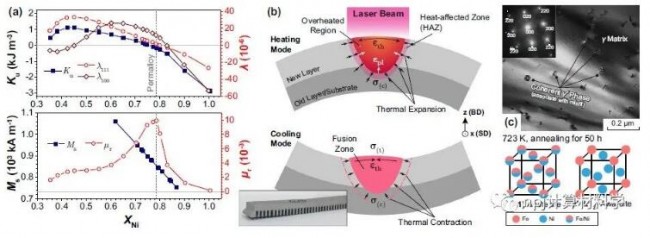

 重磅:AI开源大风刮到自动
重磅:AI开源大风刮到自动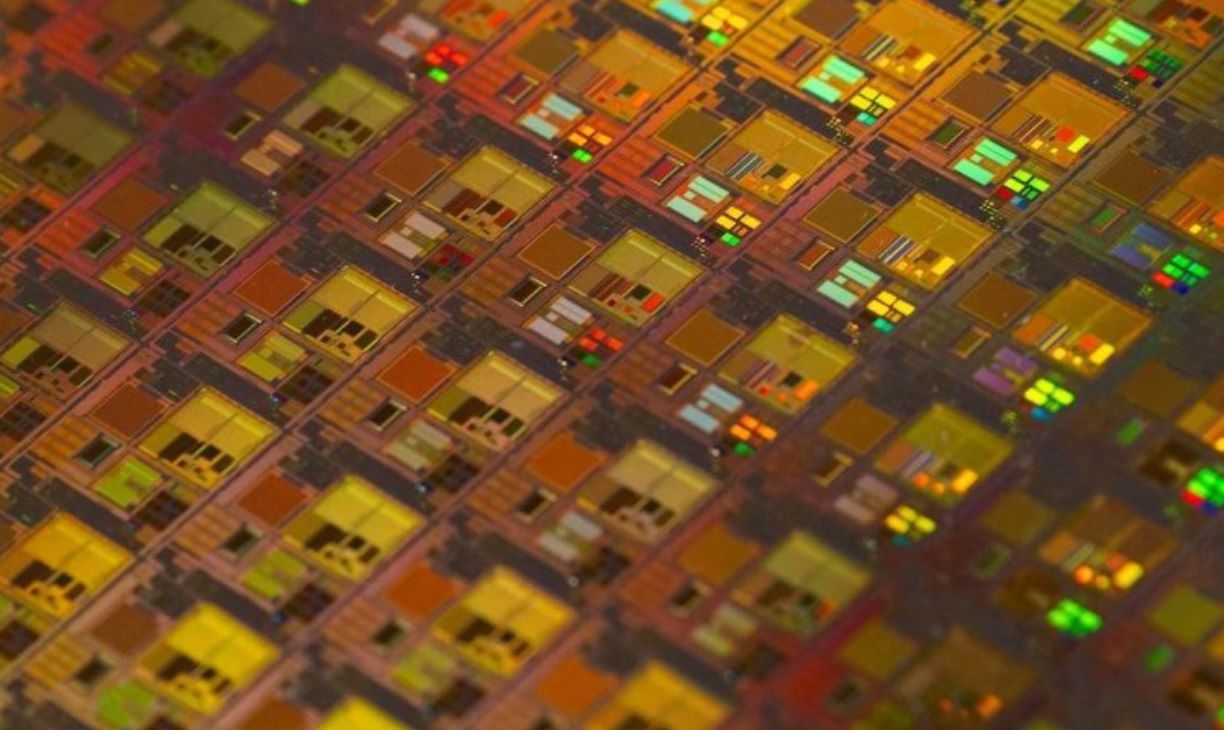 增材制造助力半导体产业:
增材制造助力半导体产业: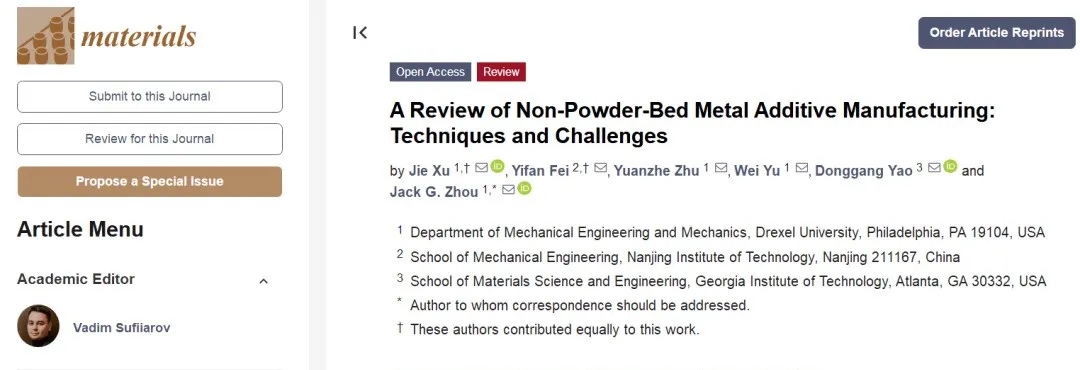 非粉末床金属增材制造综述
非粉末床金属增材制造综述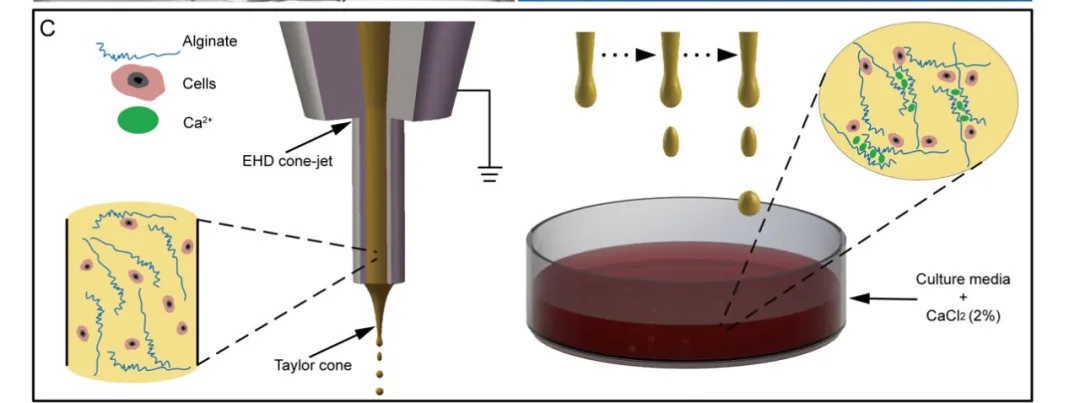 生物3D打印载细胞微球治疗
生物3D打印载细胞微球治疗 突破:特种钢细粉收得率达
突破:特种钢细粉收得率达 赋能绿色能源装备长效运行
赋能绿色能源装备长效运行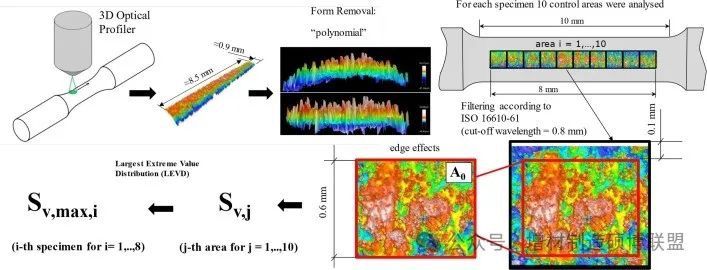 选区激光熔化增材
选区激光熔化增材 大型聚合物3D打印
大型聚合物3D打印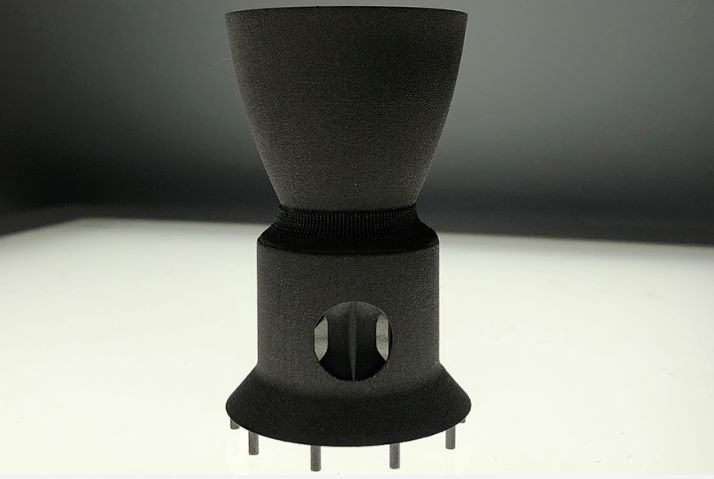 6K Additive最新
6K Additive最新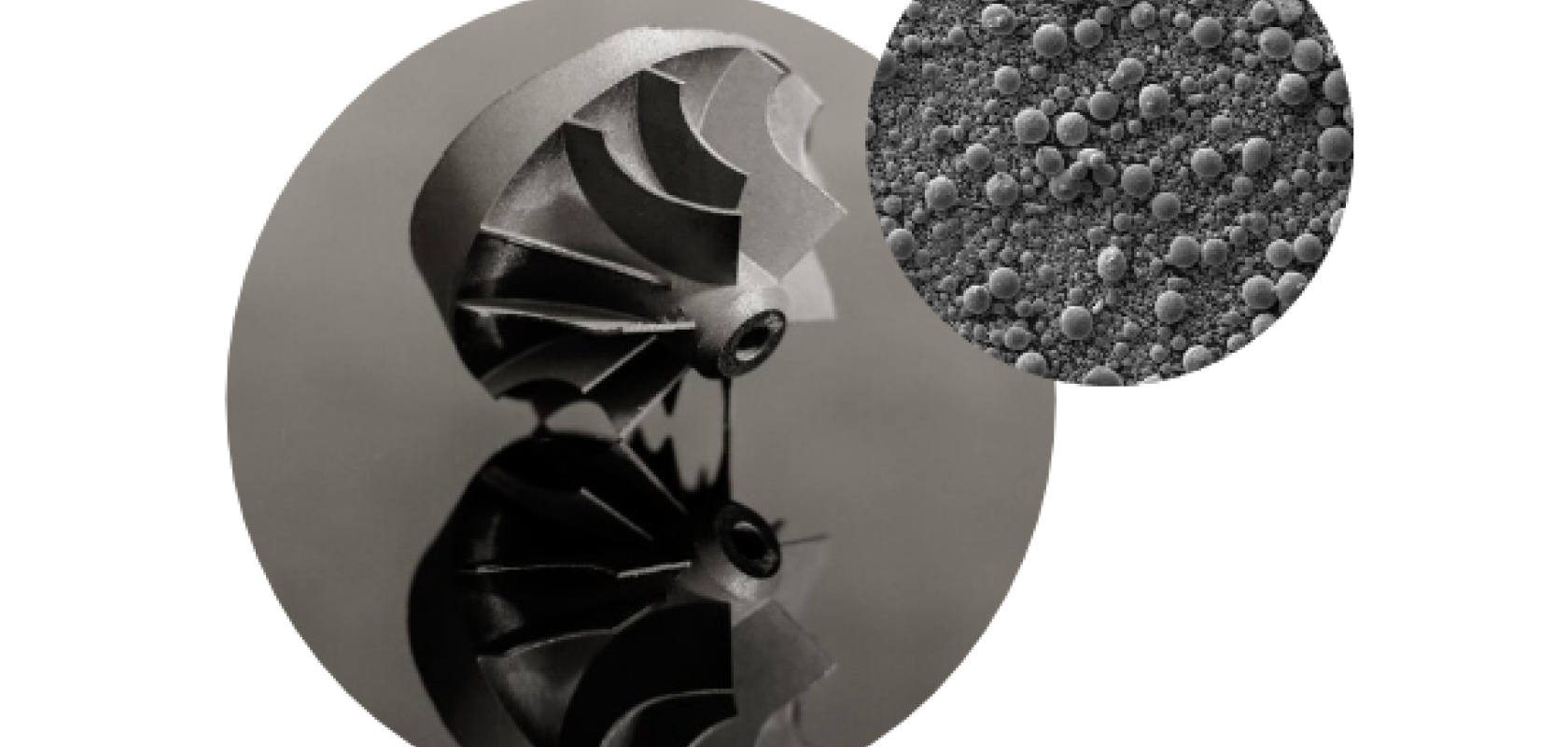 如何打造增材制造
如何打造增材制造 从实验室走向生产
从实验室走向生产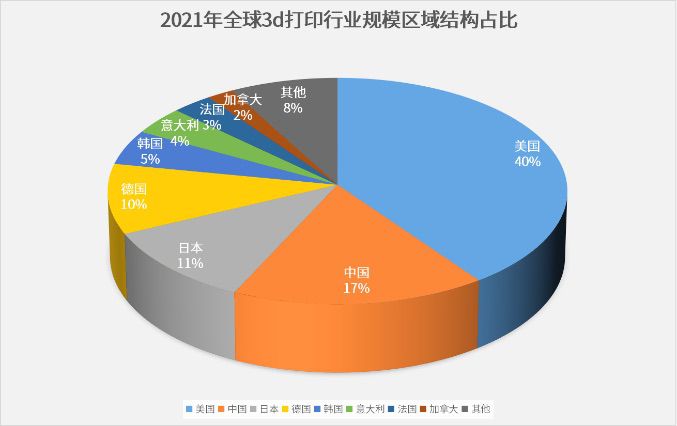 3D打印在口腔修复
3D打印在口腔修复